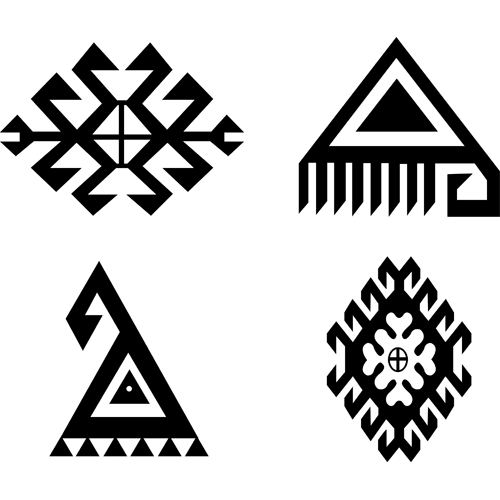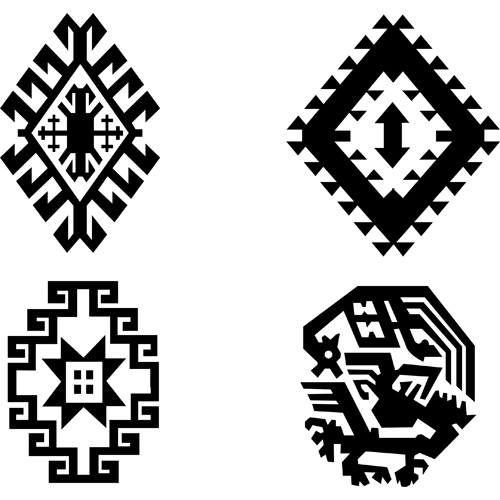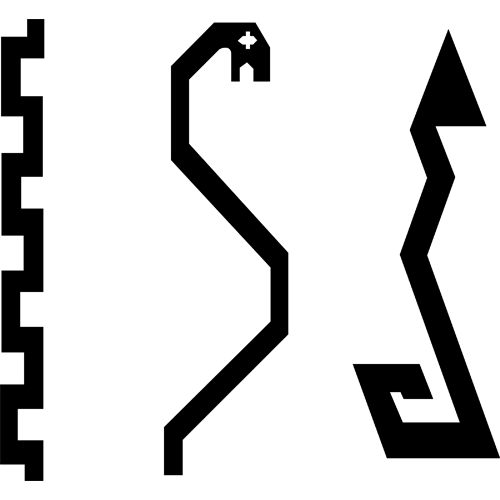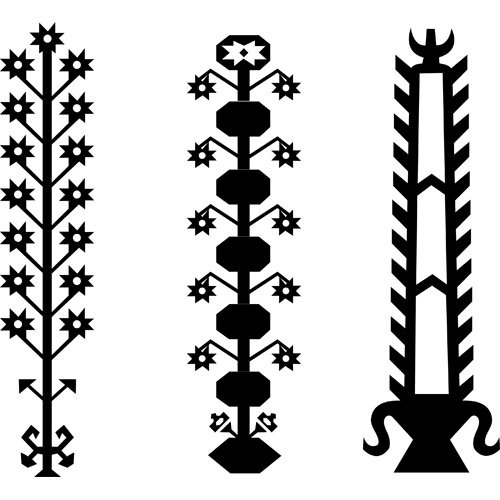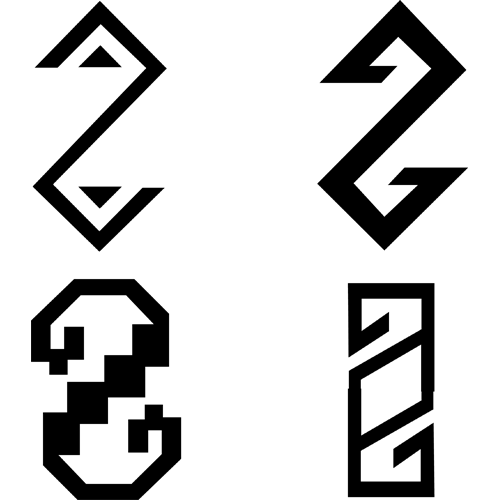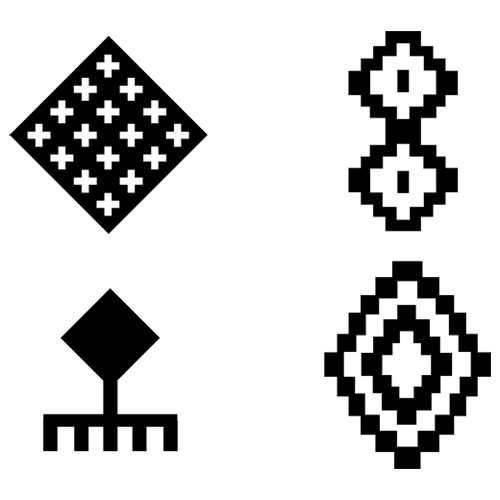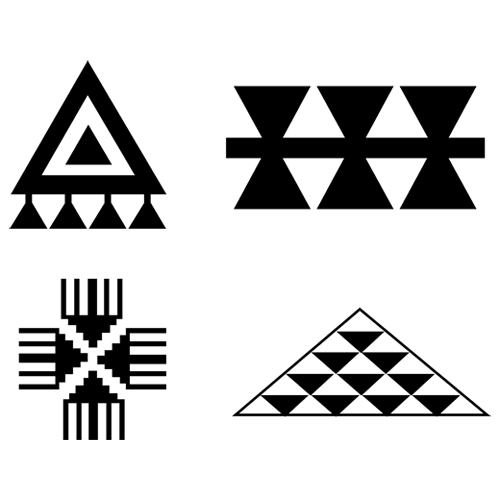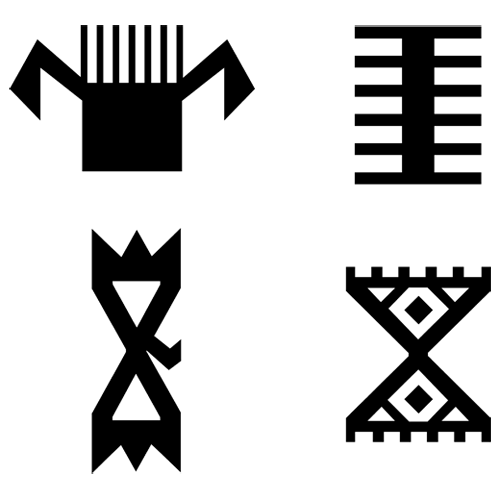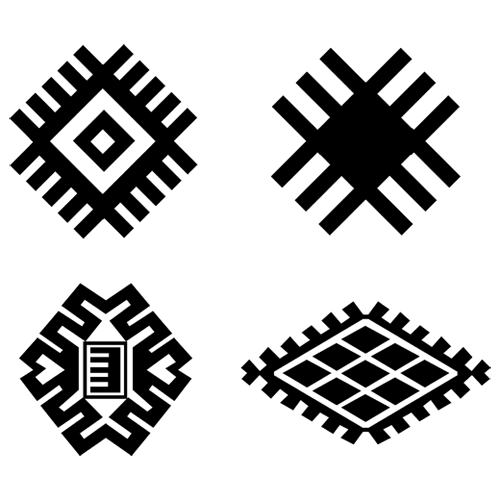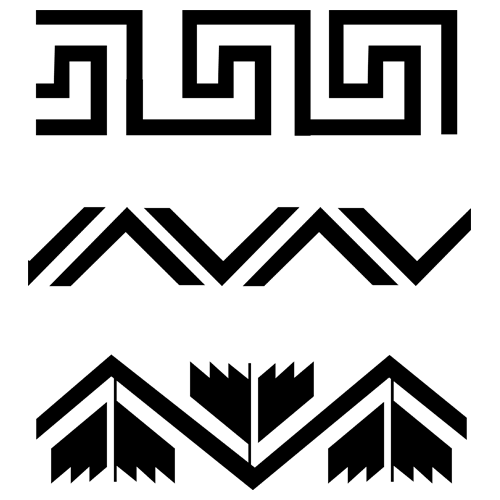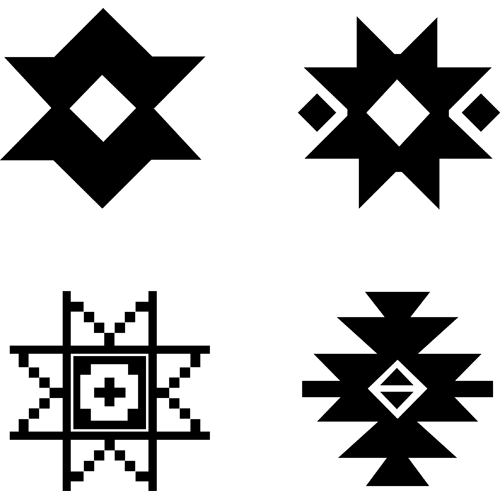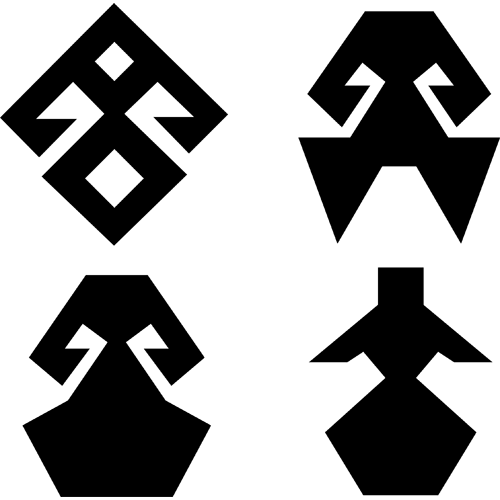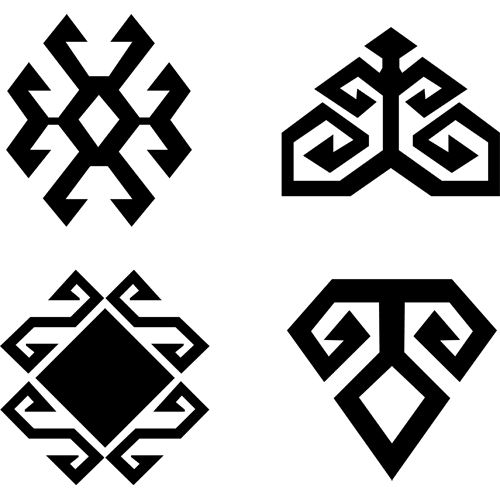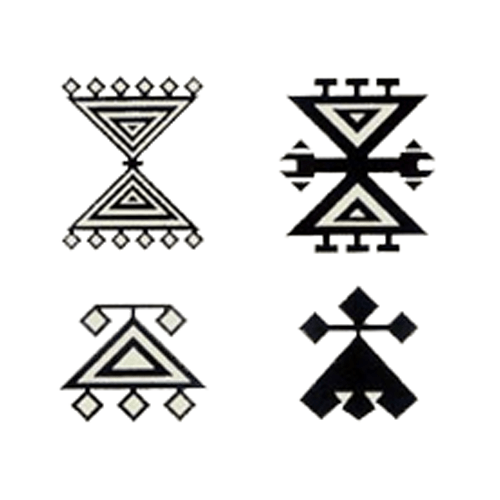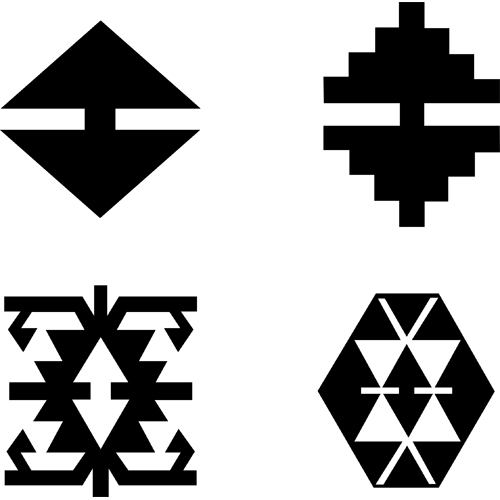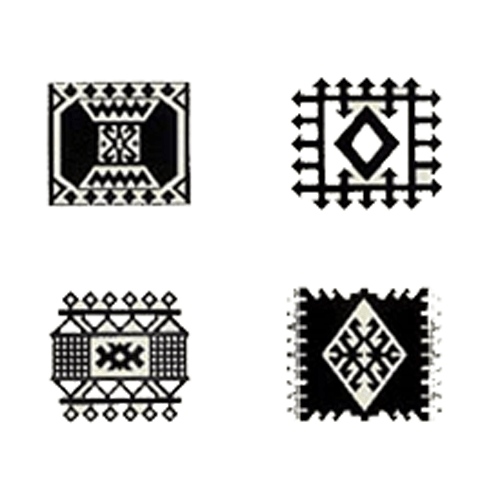Turkish rug motifs and the way they are arranged in patterns are the keys to discovering each weaver’s story. This is true of pile rugs as well as flat woven kilims from Turkey.
Turkish rug motifs can vary in shapes and sizes, as well as colors, all chosen according to the taste and the tradition of a given village or tribe. Some motifs, such as the dragon and the scorpion both share the same basic diamond shape with a hooked or stepped boundary and it can be difficult to distinguish between them.
There are certain motifs found only in Anatolia (Turkey). Others can also be found in Persia (Iran) and the Caucasus region. Rug weaving appeared very early in all regions inhabited by nomadic Turkish groups. Turkish rug designs appeared prominently in many early European artists’ paintings in the 14th to the 16th centuries, such as Holbein, Memling, and VanEyck, etc.
From early history to the present, Turkish rugs relay valuable traditional messages through meaningful motifs and patterns. The nomad woman was and is blessed in that she does not have to leave home or change her life to find herself. She can weave a rug that makes a statement and tells a story that will outlast her own lifetime and possibly even those of her children and grandchildren. Although many of the motifs have variants that may make it difficult to identify them, the majority, once learned, can open a whole new world of appreciation for the weavers who produce them and the stories they tell.

